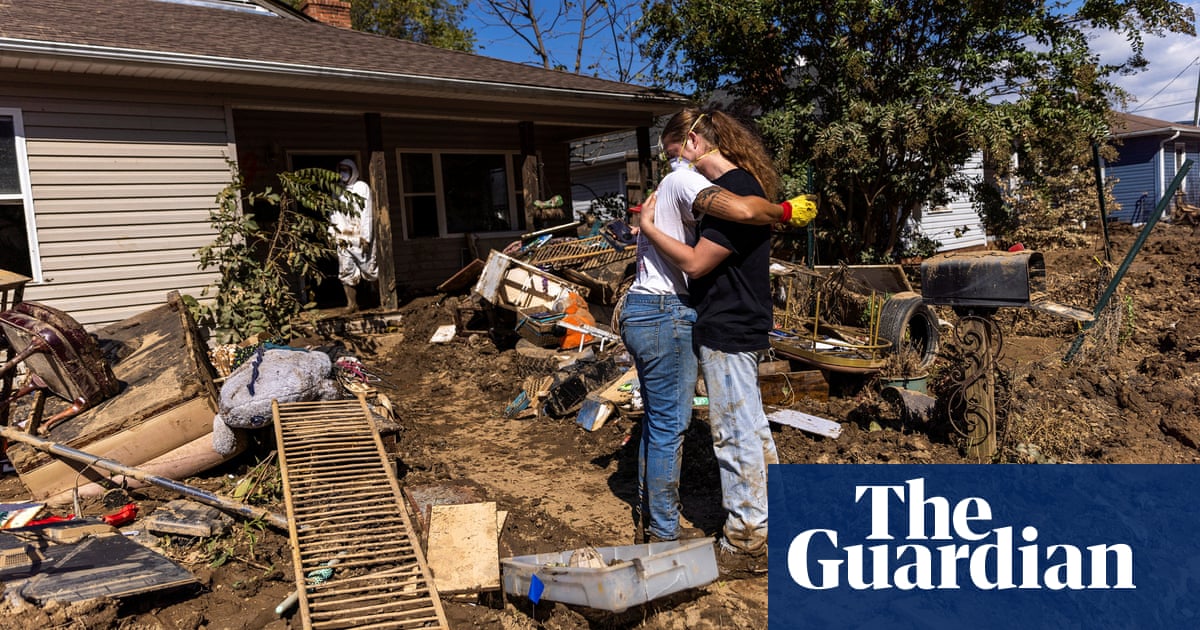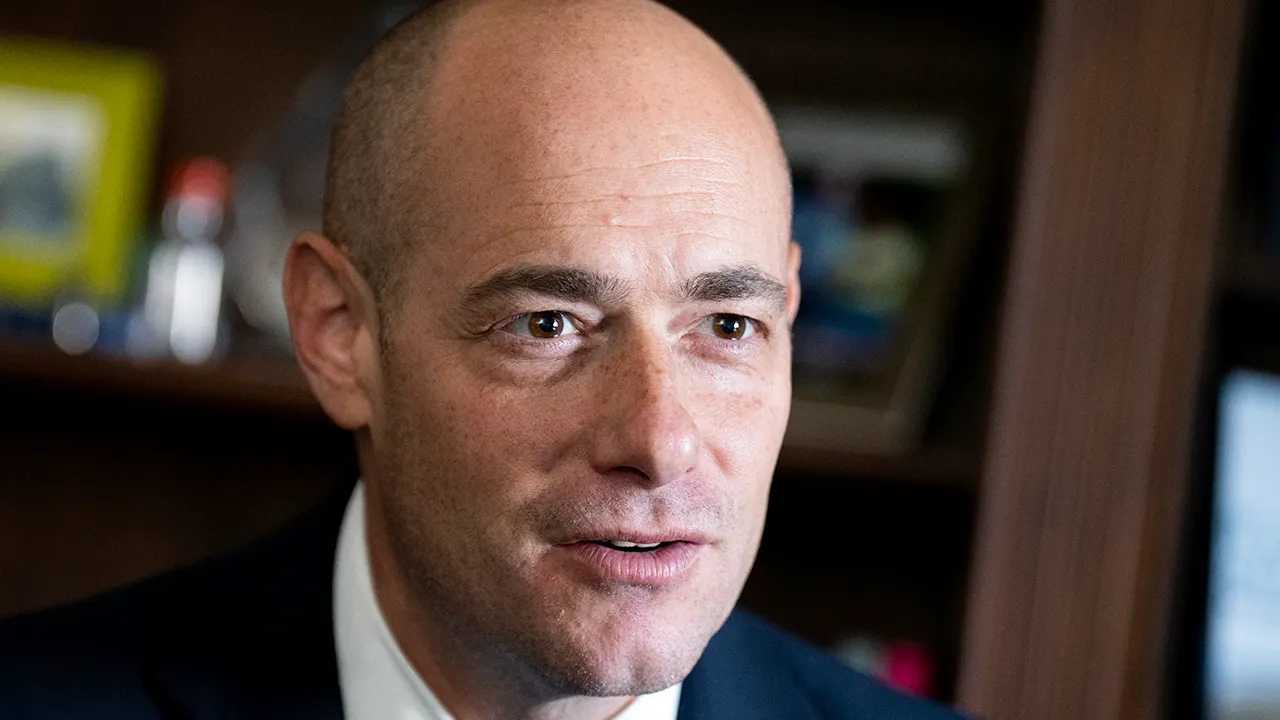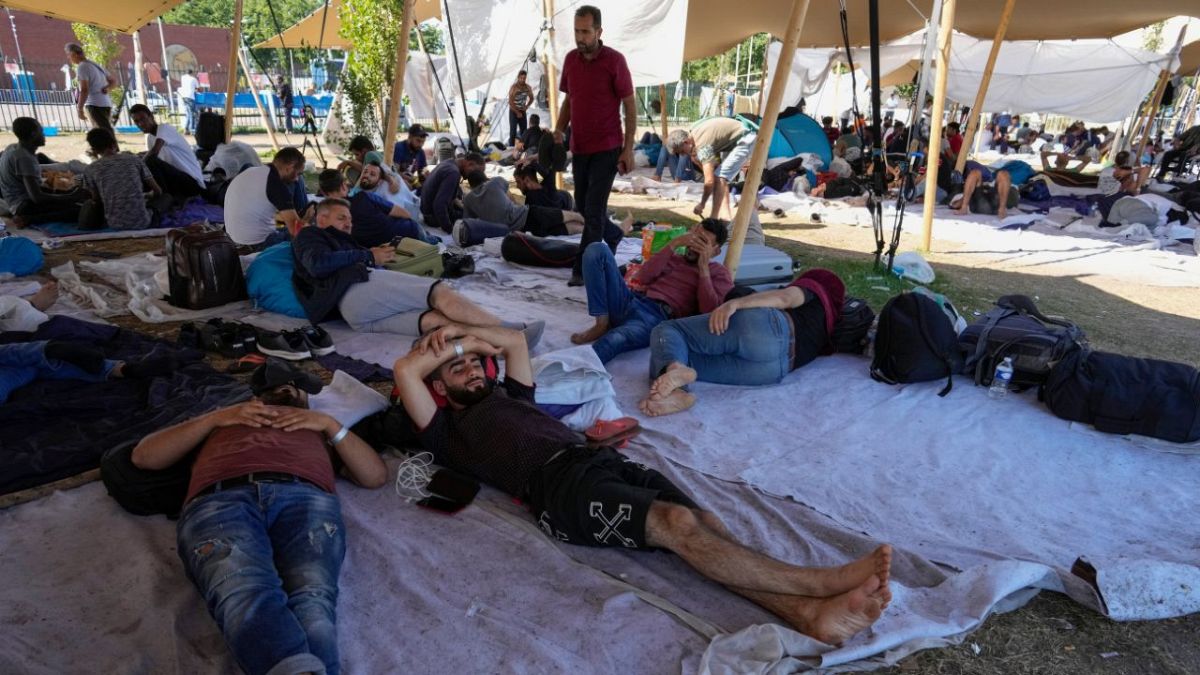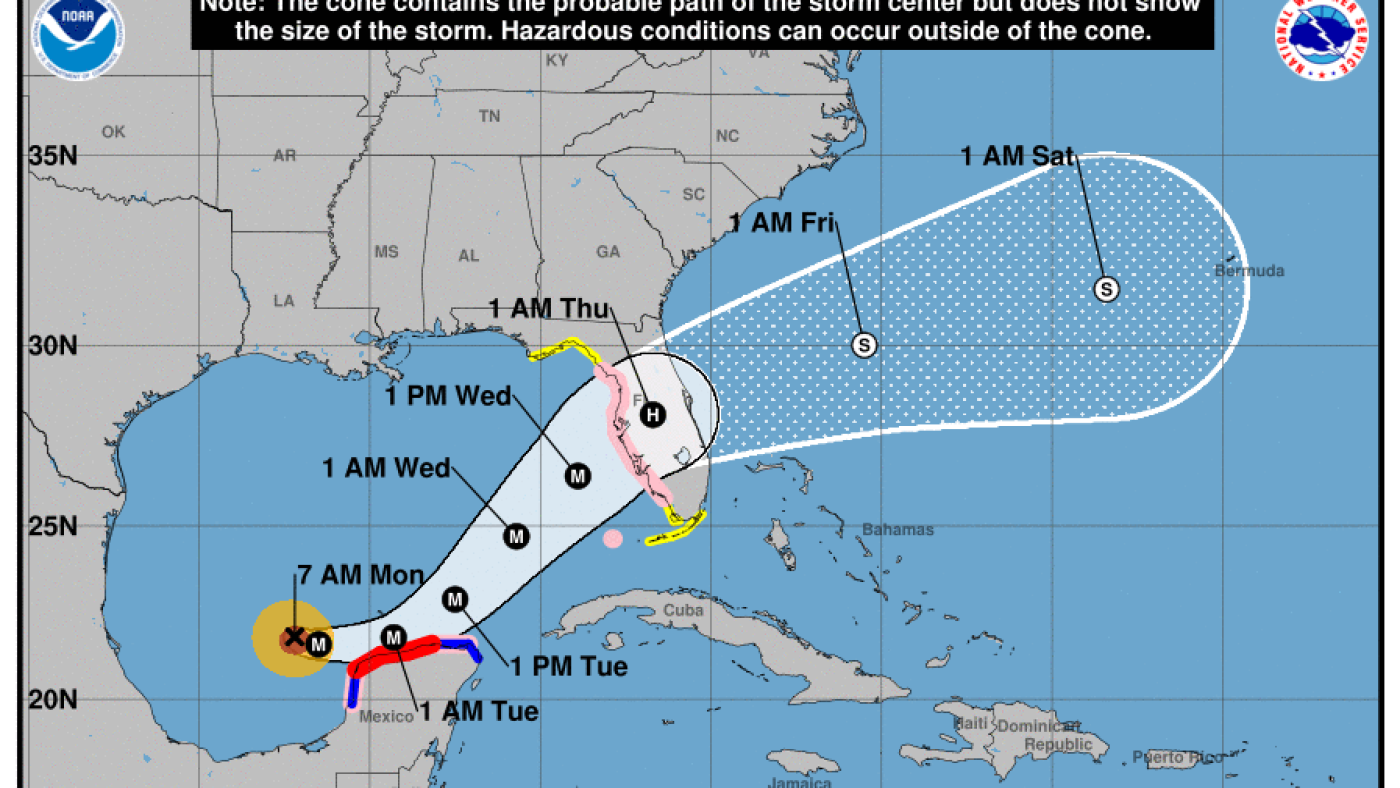This group poses atop the summit of Hermits Peak near Las Vegas, N.M., in 1898. Across the Southwest and South America some of the hermit’s pilgrimages and rituals are still maintained. (Courtesy of Rex Studio via the Palace of the Governors Photo Archives)
The Organ Mountains-Desert Peaks National Monument in southern New Mexico has unique geology, birds, reptiles, plants, and human history – including a murdered monk. As we approach the Christmas season, understanding the life and travels of New Mexico’s historical hermit monk lends insight into the power of lay Christianity and a devout personal faith.
The setting sun illuminates the Organ Mountains at Las Cruces, NM and bathes them in a suffused coral light that can be seen for miles across the desert valley. As the sun sets shadows deepen around the stone foundations of a former resort, a historic medical clinic, a physician’s residence, and wooden buildings from a long-ago stage stop. Stories swirl around every structure. Even darker shadows thicken at La Cueva or “the cave,” a horizontal slit in the mountains where ancient Native Americans once resided and somewhere nearby, the stories are imprecise, an Italian hermit was murdered, possibly by roving Apaches.
Few good photographs exist of Giovani Maria de Agostini known as the hermit monk of New Mexico and for whom Hermits Peak is named. Note this is a retouched photo from the original historic image of the Hermit probably taken in New York City in 1861. (Courtesy of the Palace of the Governors Photo Archives)
There are numerous tales about the monk’s travels and his deep devotion to God and to indigenous peoples, but there are only a few versions of his death and the evening fire he was to light each week to prove to the Hispanic citizens of Las Cruces that he was alive and well. They could see his fire far below in their adobe homes along the Rio Grande. One night at the appointed time in 1869, as brilliant colors left the Organ Mountains, dark descended and a cascade of stars appeared above the mountain’s silhouette but no fire could be seen in front of la Cueva. The sheriff would investigate and the mourning would begin.
Born of noble parents, at seventeen years old Giovani Maria de Agostini left his native Italy for South America and a devoted personal pilgrimage that would entail twenty-one years of visiting Venezuela, Colombia, Bolivia, Ecuador, Brazil, Argentina, Chile, Paraguay, Panama, Canada and finally the American West. As a holy man, he had no means of support. He gave blessings, said prayers, and encouraged Indigenous peoples to find spirituality and God. But Agostini eschewed the strictures of the Catholic Church, refused to take holy orders and was often forced to move on because of embittered priests jealous of his impact on Native peoples. His biographer David Thomas explains, “As the veritable events of his life are unveiled, a man of fascinating originality, prodigious endurance, intelligence, self-discipline, and self-sufficiency, infused with an indomitable spirit of adventure, emerges.”
Agostini started festivals in Argentina and Brazil which still bring thousands in annual attendance. A religious pilgrim who became a hermit, these places across South America have the names “Monk’s Hill,” “Campestre Hill,” “Monk’s Grotto” and “Trail of the Holy Rock.”
Northern New Mexico commemorates Hermits Peak where he lived before traveling south toward Las Cruces and the Organ Mountains. There he found a rock shelter originally inhabited by early to late Archaic peoples from 5,000-years-ago.
Agostini carried letters of introduction and his luggage was primarily books and papers. He modeled his life after St. Anthony and had taken vows of humility, chastity, poverty and obedience. On mountain tops and in deserts he sought solitude though he inspired mass devotion and would leave an area after local residents had begun to synthesize his rituals and practices of worship.
In caves like the one photographed, north of Las Vegas, N.M., in 1908, Giovani Maria de Agostini brought rural people to Christianity and encouraged their faith by adherence to Catholic rituals though he himself shunned a formal affiliation with the Catholic Church. (Photo Courtesy of Jesse Nussbaum via the Palace of the Governors Photo Archives)
Across continents villagers came to believe that he was a curandero or healer. He preached to the natives, drew crowds and when he offered water from mountain springs it was “agua milagros” or holy water that could perform miracles. In Brazil, physicians and clergy had him arrested and deported as a fraud and a fake. Agostini climbed steep slopes as an act of penance, built crosses as shrines and created communities of religious faith. He would locate a spring, live nearby as a hermit, erect small stone chapels and attract a folk religious following. Several months later having established a faith community, Agostini would move on.
Always he walked. Occasionally he was robbed, but thieves found nothing of cash value. Sometimes he made small wooden religious items like crucifixes but he traded them for food. In Peruvian rainforests he endured mosquitoes, malaria and fleas as he canoed 1,800 miles down the Amazon. “Pilgrimage, prayer, and bathing in healing water are all practices that Agostini would embrace,” notes his biographer. Having suffered jungle heat in the Amazon, the hermit spent three years in Chile where for eleven months he lived in the Atacama Desert, the driest in the world. In Mexico he lived in the top of a volcano at Mount Orizaba. From Cuba he went to New York City where he walked to Montreal, but he never learned French. Agostini felt out of place. He canoed the Mississippi River to St. Louis where he walked to Westport, Missouri and considered taking the Santa Fe Trail west to New Mexico and a land of Spanish speakers. He spent eight months living in a hollow tree.
His diet often consisted of flour, meal and water. He did not eat meat and when he began the Santa Fe Trail at age 62 he repeatedly turned down offers to ride in a wagon or by horseback, would not stay in a tent and slept in his monk’s cloak bundled up at night “in a single coarse wrap.” Twenty miles north of Las Vegas, New Mexico, he climbed El Cerro del Tecolote (Hill of the Owl) with 1,200-foot cliffs. It would be renamed Hermits Peak, now famous for a fire started near there in 2022. Agostini erected three 12- to 15-foot-tall crosses and 14 other crosses 90 yards apart to establish the Stations of the Cross. He built a crude wooden hut, lived on corn meal, and once again accumulated followers, establishing a devotional community called Sociedad de Ermitano or Society of the Hermit.
The Organ Mountains were proclaimed by President Barack Obama as Organ Mountains-Desert Peaks National Monument in 2014. The monk’s cave is on a well-traveled path within the monument. (Courtesy of Andrew Gulliford)
Having spent three winters there in snows at 10,267 feet, he moved south to Mesilla before finding his cave shelter in the Organ Peaks. After years of constant motion, always in search of solitude and healing springs, it would be his final resting place though Agostini is not buried there. He told his friends, “I shall make a fire in front of my cave every Friday evening while I live. If the fire fails to appear it will be because I have perished. I shall bless you daily in my prayers.”
The night of April 30, 1869, there was no fire from La Cueva. A friend, Antonio Garcia, reported the lack of flames to Mariana Barela the sheriff of Doña Ana County. They rode up into the mountains and found books and bedding but no hermit. A $5 reward was offered. Two sheepherders found the body, face down, holding a crucifix, a wound to the back of the hermit’s head and his lungs punctured by a sword or lance. However long Agostini had lay dead, no wild animals had disturbed his body.
As devout Catholic worshippers prepared the aging hermit for burial, they found under his cloak that he had worn an iron belt of spikes poking into his waist and a hair shirt on his chest and back. Under the grass of his bed a sheriff’s posse discovered a full layer of prickly pear cactuses. Agostini had lived his life as an Old World medieval penitent. He had been killed while kneeling and praying. Most of Mesilla attended Agostini’s burial Mass held at San Albino Church. In death, Agostini finally found the solitude he had spent a lifetime seeking.
Though throngs of visitors now come to the national monument, there are still opportunities for solitude and remote trails with few hikers. The ghost of Giovani Maria de Agostini is still there, especially at Christmas, looking for hidden springs, medicinal waters and healing herbs.
Andrew Gulliford is an award-winning author and editor and a professor of history at Fort Lewis College. He can be reached at gulliford_a@fortlewis.edu.




















/cdn.vox-cdn.com/uploads/chorus_asset/file/25439572/VRG_TEC_Textless.jpg)






